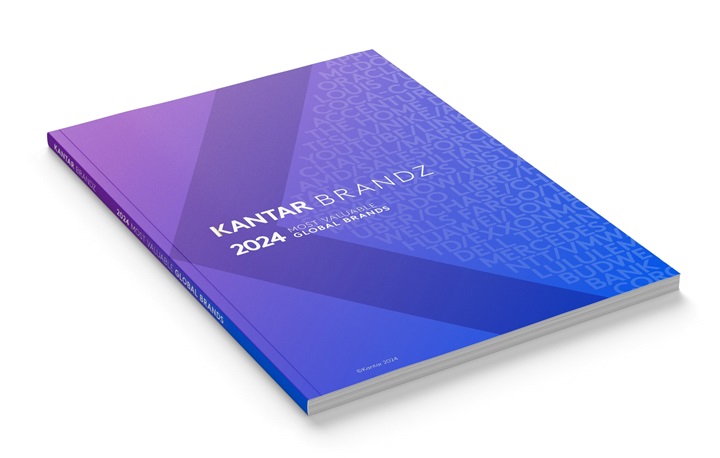This article was originally created for a partner content campaign with the Commercial Department of the Financial Times.
In 2022, it can be hard to determine what the world’s most successful brands actually do. Amazon delivers parcels, offers on-demand cloud computing and runs its own streaming platform; Google provides a search engine, a translation service and office software, among much else. For these companies, pushing into new markets has paid huge dividends. Every platform added to Apple’s portfolio in recent years – whether that’s Apple Music, Apple News, or even gaming platform Apple Arcade – has grown in value. Today, it is on track to become the world’s first trillion-dollar brand.

Research set out in Kantar's 2022 global BrandZ report shows that Apple is not alone. We have found that brands branching out into multiple sectors or markets achieved far faster brand value growth than their competitors. Apple itself topped its chart of the top 10 most valuable brands worldwide.

Diversification has long been touted as a way to reduce business risk and, during the unsettling 2020s, that lesson remains increasingly relevant. The world seems to have moved into a period of great uncertainty, whether that's due to inflation, war, an epidemic or climate change. The ability of brands to adapt and change is becoming more and more important, because what people need is changing.
For larger brands, diversifying successfully can often mean creating a system of products in which multiple new brands can thrive; the infrastructure built for one product can be deployed to roll out another. For international business giants such as Amazon and Google, diversification enterprises can, quite literally, envelope consumers’ lives, their brands becoming synonymous with convenience.

Smaller brands can also benefit from branching out. Diversification doesn’t necessarily mean launching in a new market or sector – it can be as simple as increasing product range, or targeting new audiences and their needs with an expanded range of sizes. In fact, most successful attempts at diversification aren’t about scale, but about branding.
Strong brands are also more likely to diversify successfully because they have defined values: assets that differentiate them for consumers. When British appliances brand Dyson began to diversify, it focused on the single element that made it stand out. This meant not merely technological prowess, but specific knowledge of turbine power. The result has seen the brand move beyond vacuum cleaners to storm into lucrative markets such as health and beauty.
Meanwhile, less successful brands may push to diversify into lots of different areas, but stand to lose their brand identity as a consequence. Some brands are really, really well-known for a particular thing, and if you go away from that, people, then [customers] no longer really understand what you're about as a brand. That’s the challenge for many retailers: how do you diversify, but keep your difference?
Most companies will need to bide their time until they find an opportunity for diversification that is not only lucrative, but also fits their brand’s values. Once they do so, firms should not hesitate in branching out – including into areas such as inclusivity, activism and pop culture – even amid a volatile financial market.
Commenting on the results, Dr Jonathan Wilson, Professor of Brand Strategy and Culture at Regent's University London, added, “The brands I love, in terms of diversification, are sports brands. If you think back to the 1980s, Adidas was diversifying by getting into bed with hip-hop, saying that trainers weren’t just for sport. Today, these brands have expanded further – they do pop culture and activism, too, like Nike’s strong backing for the Black Lives Matter movement, and debate sparked by Adidas around body positivity. The best brands try to humanise themselves. What’s stopping your company from diversifying by recycling food, or sending employees into schools and reading stories?”
Wilson agrees that brands are right to be anxious about moving outside their comfort zones. But, he argues: “The questions you need to ask are, how long can you resist change, and will you have a business in five to 10 years if you do nothing?”
People, brands and companies may need to be choosier about diversification. But if you want to create value for your brand, then you should absolutely be looking to seek out every opportunity to diversify it. If there's an unmet consumer need, there will always be room for diversification.”
Read more analysis and thought leadership on how brands can build stronger connections with their customers in the new Kantar BrandZ Most Valuable Global Brands report.


